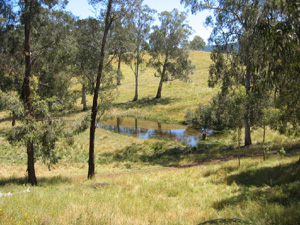Water quality standards like the Australian Drinking Water Guidelines often set the upper limit for contaminants like metals and organic chemicals. The Guidelines mention dozens if not hundreds of potential contaminants. But in many cases it is not clear at what level a particular chemical becomes a health hazard. For example it will depend on how much water is consumed over a given period and whether the contaminant has short or longer term effects. Arsenic is a contaminant that is thought to have longer term effects which are hard to quantify.

Sometimes a customer wants a quick assessment of water quality. For example ‘is it safe to swim in a particular water body’? Its impossible to go through all the potential contaminants that might be present. Here are the results for a recent test. E coli 0, coliforms 0, aerobic plate count 141,000 (all CFU’s / 100 mls), pH 9, ORP 257 mV, dissolved organic carbon (as UVA) 12.5 ppm, EC 19.5 miliS/cm, turbidity 0 FTU. Would you swim in this water? The bacteria all tested absent or low, the oxidizing potential was within the acceptable range and the water was very clear. Its possible to find natural waters with at least one of those factors at the same level. But in the same sample the values for pH, DOC and EC sound alarm bells! Oddly enough the turbidity value (very clear water) in this case possibly indicated a problem because natural waters usually have some turbidity. The question went back to the customer, ‘Was there any obvious reason that they knew about for the unusual test results?’ It turned out that the water was from an artificial lake near an industrial area. Therefore the recommendation was that it would not be prudent to swim in that water.